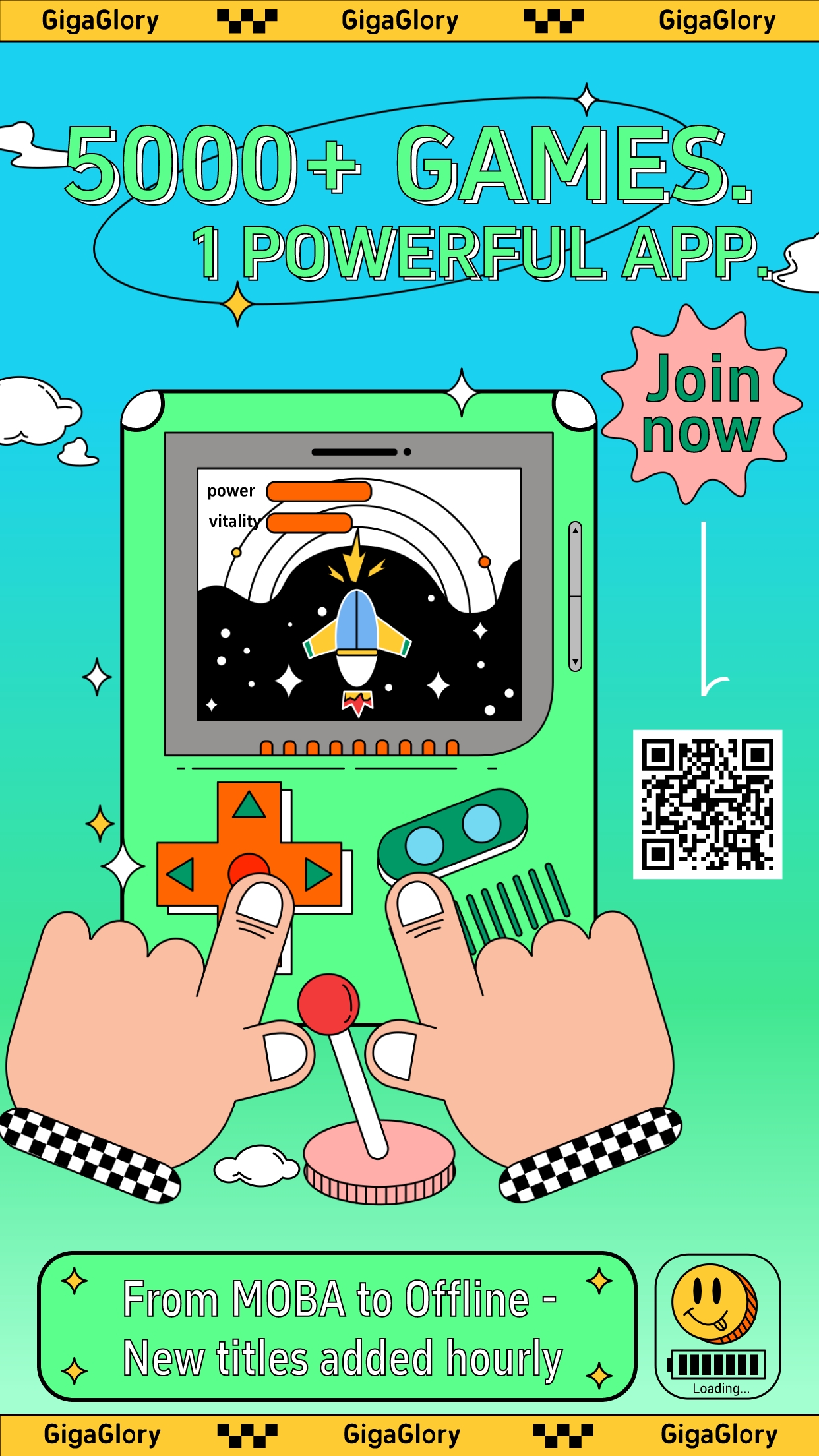Your Mind Will Thank You: A Unique Open World Puzzle Journey
If you're a gamer with even slight interest in mental challenges or exploring digital environments, then puzzle-based adventure games might have caught your attention before. The trend seems unstoppable. But what's really capturing hearts today isn't just about matching patterns or finding missing objects—players now seek more deep engagement, rich storytelling, and an atmosphere that keeps them wanting the next challenge. And that’s where something like open world puzzle experiences come into play.
We've all encountered puzzles during gameplay. Remember that frustrating door combination at Castle Ravenholm, which actually turned out to be hidden within a 2000pc puzzle map etched onto stone walls in game? Or how about solving complex mechanical riddles in dim underground chambers while being pursued by creatures who despise logic itself?
The fusion between open world design and intellectual tests can feel oddly perfect—giving both direction and purpose for every move in a seemingly vast digital landscape.
Beyond the Darkest Shadows: Where RPGs Embrace Puzzles
| Game Title | Puzzle Integration |
|---|---|
| Grim Fandango Remastered | Cultural references and visual logic traps embedded deeply in plot |
| Soma (from the developers of Dead Space) | Eerie philosophical dilemmas masked as simple object interaction puzzles |
| Ravenous Devil – An Indie Dark Comedic Thrill | Environmental puzzles that reflect the protagonist's sanity breaking point |
“Sometimes, solving the hardest puzzles isn’t only about intellect, it's a test of courage." Unknown developer from a modder chatroom, probably playing with fire
- Storylines often get interrupted by sudden logical roadblocks — this increases tension
- In dark RPG games, even lighting sources act strangely in rooms with unsolved enigmas — cleverly unsettling design choice!
- Puzzles here are never easy or binary; many require trial & error or emotional decisions with consequences
Ravensburger Wild Kingdom Shelves: Real-life Puzzles That Inspire Virtual Ones
You may have already come across **Ravensburger** puzzles featuring exotic jungles with elephants staring down from shelf structures built around massive jigsaws.
These real-world creations inspire level designs used in open world exploration titles. Designers often mention borrowing concepts directly — imagine traversing cliffs, forests, or ruins with each environment demanding distinct problem-solving techniques inspired directly from physical puzzling like Ravensberger shelves sets. One reviewer once compared finishing a certain puzzle tower climb scene as "just as satisfying as snapping the corner piece after two hours into the puzzle battle."
Some developers admit having large-scale cardboard cut outs on their desks just to remind everyone how immersive a non-computerized experience can feel. There's something inherently primal about solving real puzzles that gets subtly injected into game environments — maybe through music, environmental sound design mimicking paper shuffling sounds, ambient hints dropped when hovering near puzzle elements...
Key Aspects From Jigsaw Puzzle Design Influencing Games:
- Motivation mechanics (like the excitement of completing borders in real puzzling) mirrored in-game achievements
- Hints-as-rewards concept borrowed
- Laying flat satisfaction post-solution often celebrated in-game with mini victory animations, similar to admiring one’s work after a 100% real-world solve
Why Puzzle-Focused Open Worlds Satisfy Curious Gamers
- Variety between combat and critical thinking moments enhances immersion
- Progress doesn’t always revolve solely around muscle but wit
- Diverse entryways for different thinking styles
- Accessible learning curve in narrative driven puzzles
Essentials of a Great Immersive Puzzle World
- A clear sense of progression beyond leveling systems or gear
- Visual clues woven tightly into environmental textures and character interactions
- An ecosystem that feels alive and not simply serving static puzzles like a buffet
Note for Players Exploring Titles with Embedded Riddles:
Pay close attention to background audio cues—it is no longer just about mood setting; many modern studios use sounds for implicit guidance systems in puzzles! Subtle clicks behind walls might hint paths invisible to the naked eye. Silence, especially in usually busy worlds, might mean danger lies ahead—or that some mechanism is waiting quietly.
The key take-away should be simple. When combining puzzles into expansive worlds meant for exploration, you aren’t just solving—you're growing. Growing more attached emotionally to the land beneath you because you had to fearlessly unlock its secrets brick by brick, pixel by pixel… just like assembling that 2000-piece Ravensburger wild kingdom shelf piece that felt insurmountable at midnight under a coffee-fueled haze of determination, but made you want to show the world by morning light.



